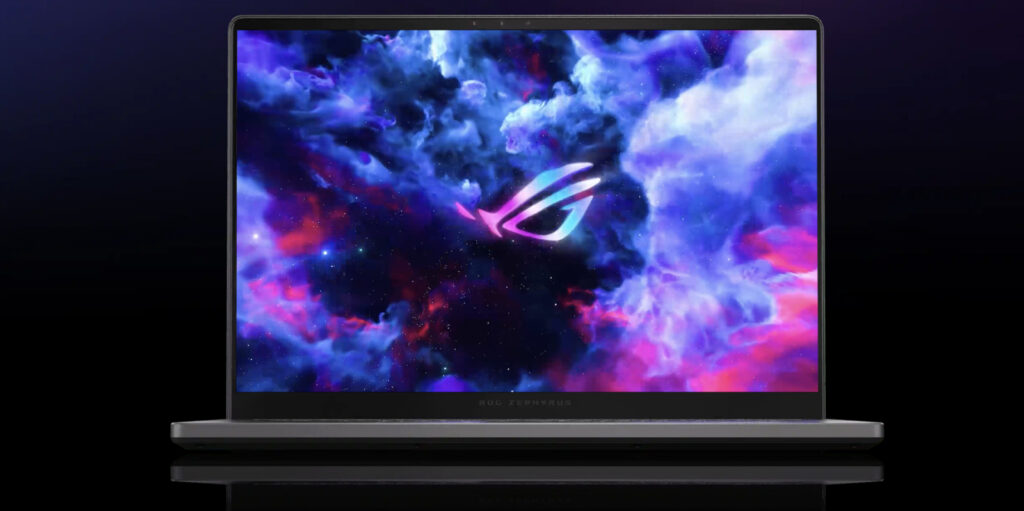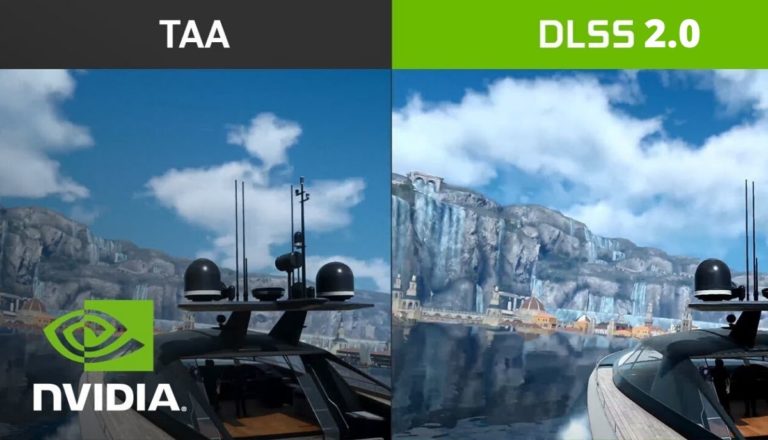Asus’s ROG Zephyrus G14 and G16 lineup have built a reputation for being top-tier portable gaming laptops that do not compromise in any aspect. As a result, expectations were running high for the 2024 release, which promised some significant upgrades. However, while the company’s decision to remove the RTX 4090 option from the G14 might seem like a downgrade, it is actually a good thing—here’s why.
Asus ROG Zephyrus G14: Why the downgrade?

To put things into perspective, Asus’s rationale behind this move revolves around the challenges of fitting an RTX 4090 into a 14-inch chassis, which increases the thickness of all the variants. Therefore, by removing this option, the company successfully reduced the device’s thickness by 4mm and its weight by 0.3 pounds, thus significantly improving ergonomics. Additionally, Asus has upgraded the keyboard with larger keycaps and expanded internal space, resulting in 20% larger speakers.
Asus ROG Zephyrus G14 and G16: Specifications
Coming to the display, Asus has become the first manufacturer to include a 16:10 3K 120Hz OLED screen on the G14 and a 2.5K 240Hz OLED display on the G16, with both featuring support for variable refresh rates. Additionally, these displays boast VESA DisplayHDR True Black 500 certification, NVIDIA G-Sync support, and an impressive 0.2ms response time.

However, you might ask, isn’t variable refresh rate commonplace on monitors and TVs? Here’s the catch: in OLED panels, brightness is linked to the refresh rate, so if a display is refreshing at 10Hz, then its brightness would be much lower. TVs and monitors get rid of this phenomenon by recalculating the brightness of every pixel per frame, which can consume a lot of resources and battery when implemented on a laptop.
Then, how does Asus achieve a variable refresh rate? The company’s approach involves locking the pixel emission rate at 480Hz on the G14 and 960Hz on the G16, ensuring the panel maintains brightness while displaying images. However, the efficiency and power consumption of this technique is still unclear.
Under the hood, the G14 houses AMD Ryzen 8000 series processors and up to an NVIDIA RTX 4070 (90W TGP) GPU, while the G16 features an Intel Core Ultra 9 chip and up to an RTX 4090 GPU (115W TGP). Both models support up to 32GB of DDR5X RAM, with slight variations like the microSD card reader exclusive to the G14 and a larger 90Whr battery in the G16 compared to the G14’s 73Whr option.
Finally, instead of the regular USB-C for charging, Asus has introduced a new Slim Power jack port. This innovation stems from concerns about USB-C’s efficiency beyond 140W.

Pricing and Availability
While the official pricing is still unclear, a video from Linus Tech Tips suggests that Asus plans to maintain the G14’s price similar to its predecessor, while the G16 might align with the previous M16 range. As for availability, both models are expected to hit the market in Q1 2024, potentially around March.







